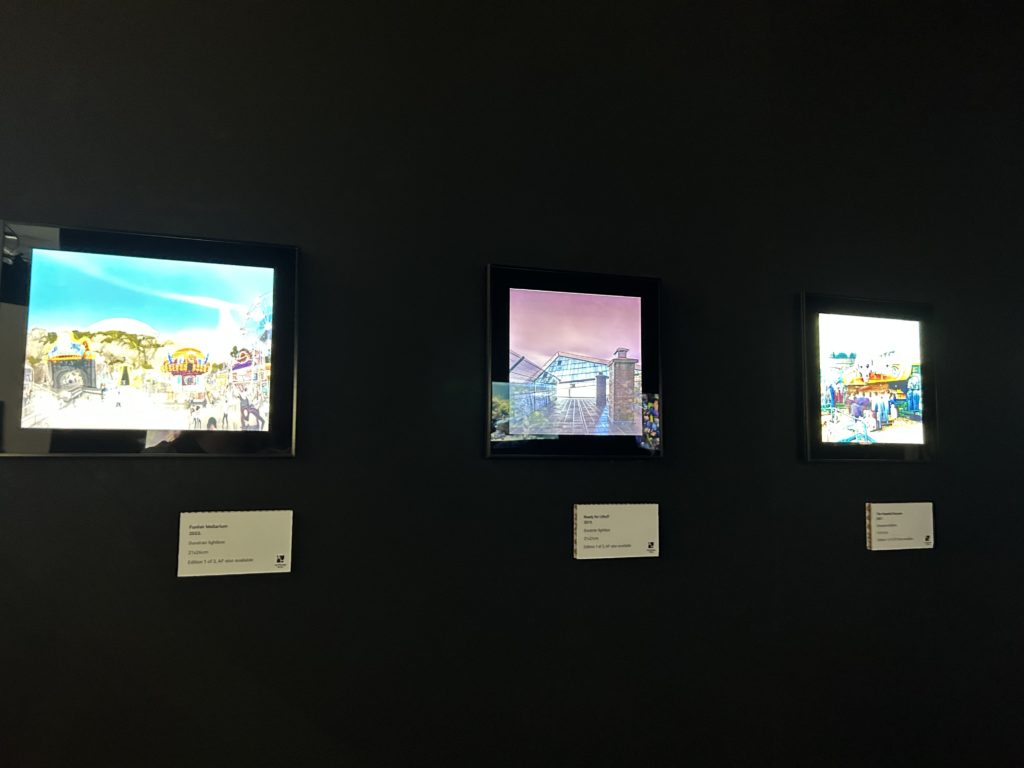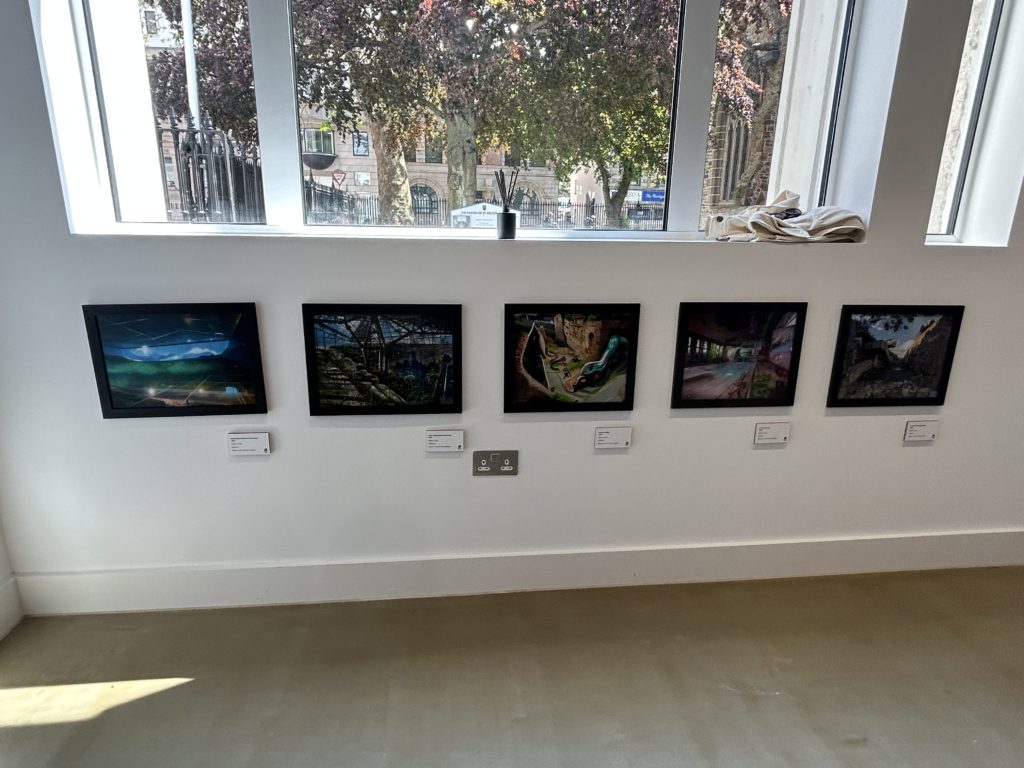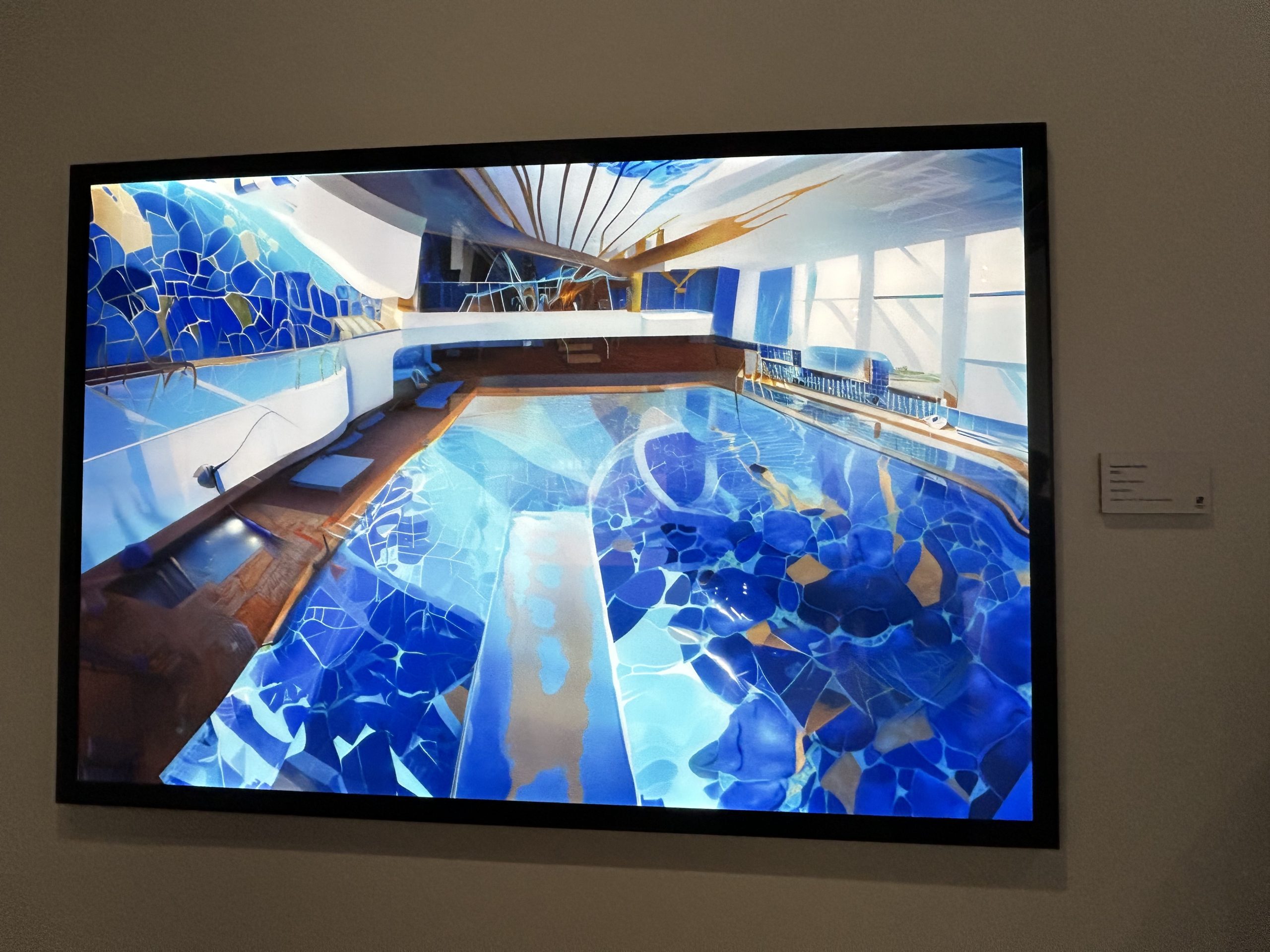
“To take a photograph is to align the head, the eye and the heart. It’s a way of life”
Henri Cartier-Besson
WHO IS HENRI CARTIER-BRESSON:
Bresson developed a strong fascination with painting early on, and particularly with Surrealism. This lead to his passion for photography. He was also a photo journalist where he documented some very famous events, such as Gandhi’s funeral, china and even the liberation of Paris. His influence was through surrealism, and decided to make a photobook called “The Decisive Moment” which would define photography itself and be one of his most famous projects.
His photobook, ‘The Decisive Moment‘, is one of the most famous of its kind and explored his mastery of candid street photography.

The photographic master Henri Cartier-Bresson made some key observations about photography, translated as “the decisive moment” which is often (incorrectly) characterized as: “capturing an event that is ephemeral and spontaneous, where the image represents the essence of the event itself.
LINK: https://petapixel.com/the-decisive-moment/
The book ‘The decisive moment’ expresses Bresson beliefs about the ‘decisive moment’ there is in every photograph a individual takes.
AWARDS HE BRESSON HAS RECIEVED:
- 1986 Novecento Premio
- 1981 Grand Prix National de la Photographie
- 1975 Deutsche Gesellschaft für Photographie
- 1975 Culture Prize
- 1964 Overseas Press Club of America Award
- 1960 Overseas Press Club of America Award
- 1959 Prix de la Société Française de Photographie
- 1954 Overseas Press Club of America Award
- 1953 A.S.M.P. Award
- 1948 Overseas Press Club of America Award
PHOTO ANALYSIS:

Cartier-Bresson uses photography to express news and document what is going on in the world. In this particular image you are able to see a young girl performing child labour and significantly struggling, even with the help of a young boy. However due to the girl being the main focus, as she is spread across the image, challenging the rule of thirds Cartier-Bresson is clearly documenting the force of child labour, especially the female sex.
Emotional Response:
This image shows the hardship of the Chinese Civil War and how it affected the labour that children went through. In this image you see a young girl is an awkward and painful position trying to drag some produce, this creates a melancholy picture and creates sympathy.
Visual – what we can see in the image
In the image there is a young girl carrying a load of products, she is across the whole landscape, as she is the main focus of the image. She has a rope across her shoulder which seems to cause her pain, this image could also be a metaphor for the children having ‘the weight of the world’ on her shoulders as the kids now how to provide for the families.
Contextual – who, when, where etc.. the story, background, impact
In November 1948, the great photographer went to shoot ‘the last days of Beijing’. He returned to China in 1958 to capture the results of the Maoist revolution. Images from both visits are brought together for the first time in an exhibition in Paris.
LINKS:
https://www.whitefungus.com/henri-cartier-bresson-almost-goes-back-china
ST MALO PHOTOSHOOT:
I intend to use Cartier-Bresson work as inspiration for my St. Malo photoshoot. In his street photography he seems to have a variation between close-ups (where the individual knows the picture is being taken) and some long distance (where the individual could be unaware). In my photoshoot I will take long distance shots, and try and capture small intimate moments of people.









